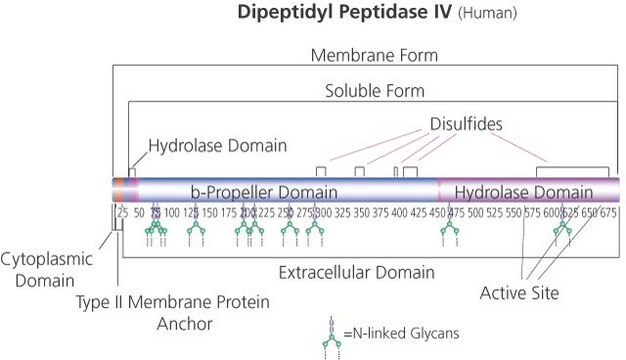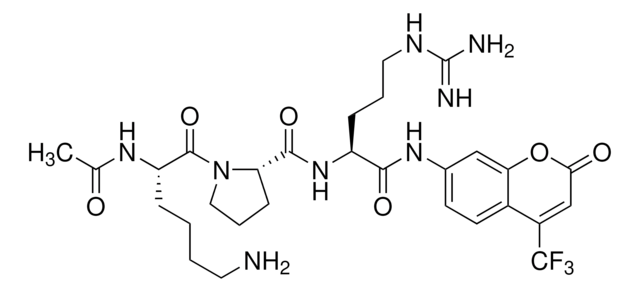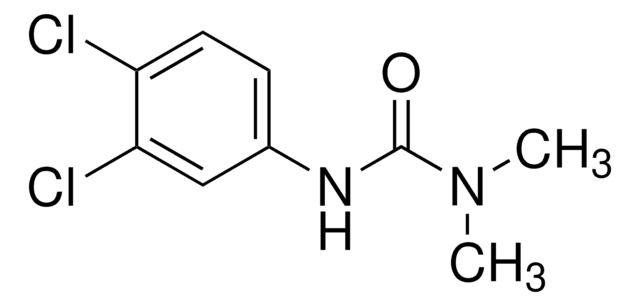G9137
Gly-Pro 4-methoxy-β-naphthylamide
dipeptidylpeptidase IV substrate
Synonym(s):
H-Gly-Pro-4MbNA
Sign Into View Organizational & Contract Pricing
All Photos(1)
About This Item
Empirical Formula (Hill Notation):
C18H21N3O3
CAS Number:
Molecular Weight:
327.38
MDL number:
UNSPSC Code:
12352204
PubChem Substance ID:
NACRES:
NA.32
Recommended Products
Quality Level
Assay
≥98% (TLC)
form
powder
solubility
ethanol: 50 mg/mL, clear, colorless to faintly yellow
storage temp.
−20°C
SMILES string
COc1cc(NC(=O)C2CCCN2C(=O)CN)cc3ccccc13
InChI
1S/C18H21N3O3/c1-24-16-10-13(9-12-5-2-3-6-14(12)16)20-18(23)15-7-4-8-21(15)17(22)11-19/h2-3,5-6,9-10,15H,4,7-8,11,19H2,1H3,(H,20,23)
InChI key
LSZPYDQEJZWJIJ-UHFFFAOYSA-N
Application
Gly-Pro 4-methoxy-β-naphthylamide has been used as a substrate to evaluate the dipeptidyl peptidase-4 (DPP4) enzymatic activity.
Packaging
Bottomless glass bottle. Contents are inside inserted fused cone.
Substrates
Substrate for Dipeptidyl Aminopeptidase IV
Storage Class Code
11 - Combustible Solids
WGK
WGK 3
Flash Point(F)
Not applicable
Flash Point(C)
Not applicable
Personal Protective Equipment
dust mask type N95 (US), Eyeshields, Gloves
Choose from one of the most recent versions:
Already Own This Product?
Find documentation for the products that you have recently purchased in the Document Library.
Wesley Mah et al.
The American journal of pathology, 187(8), 1717-1735 (2017-06-24)
Compared to skin, wound healing in oral mucosa is faster and produces less scarring, but the mechanisms involved are incompletely understood. Studies in mice have linked high expression of CD26 to a profibrotic fibroblast phenotype, but this has not been
Wesley Mah et al.
The American journal of pathology, 187(8), 1717-1735 (2017-06-24)
Compared to skin, wound healing in oral mucosa is faster and produces less scarring, but the mechanisms involved are incompletely understood. Studies in mice have linked high expression of CD26 to a profibrotic fibroblast phenotype, but this has not been
Our team of scientists has experience in all areas of research including Life Science, Material Science, Chemical Synthesis, Chromatography, Analytical and many others.
Contact Technical Service







